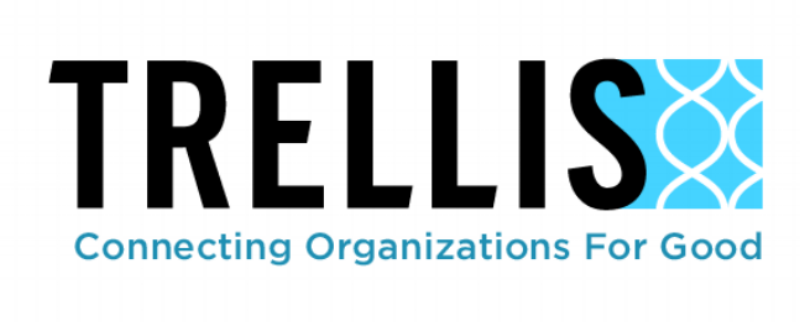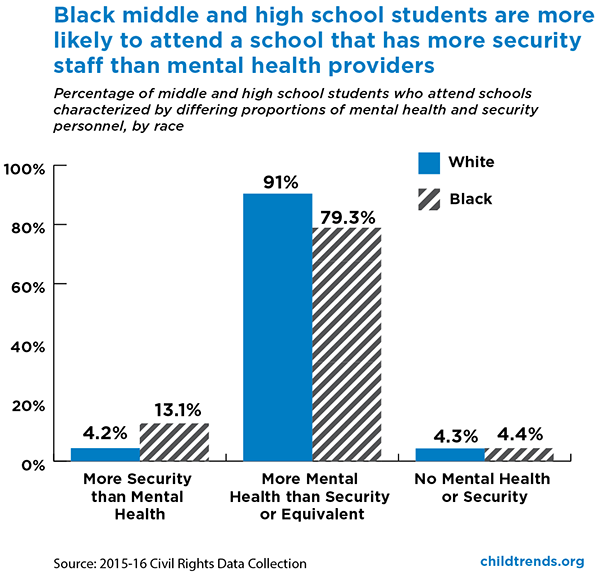On Monday, July 20th, there was a live broadcast discussing the idea of anti-racism. The primary purpose of that broadcast was to educate the viewers on how to be anti-racist. This broadcast was held by Dr. Charlene M. Dukes and Dr. Ibram X. Kendi. The first step to being anti-racist is eliminating the words “not racist,” you will either be racist or anti-racist. Before this broadcast, we have never heard the terms “anti-racist” or “anti-racism,” it has always been “you’re racist,” or “I’m not racist.” Secondly, people should stop being in denial of what they are doing. When a person says something racist, they do not usually realize it; however, even when others tell them that they are, they deny it. It is crucial to be able to recognize your wrongs, as this would allow a person to see an idea without prejudice. It is time we change our mentality and the entire mindset of our society. There is racism in our schools, healthcare, police system, and even in our government. “Racial disparities in healthcare, schools, environment, politics, and enforcement, remove racial disparities,” answered Dr. Ibram X. Kendi when Dr. Charlene M. Dukes asked, “What would an anti-racist Boston look like?” Furthermore, another important question was asked during the broadcast, “Will 3⁄4 Americans see racism as a problem and find a solution?” Personally, we think that it is possible, we can see that according to The New York Times, “In a poll released this week, 76 percent of Americans called racism and discrimination “a big problem” in the United States, a 26-percentage-point spike since 2015.” This was posted on The New York Times on June 5, 2020, by Giovanni Russonello. If those 3⁄4 Americans are willing to step up and find a solution, we should support them and their opinions. Those 3⁄4 Americans could become allies or advocates that recognize the wrongs and would be willing to get into “good trouble." Finally, among all the questions that were asked, one, in particular, stood out to us. “What is
the most important thing to teach students of color about anti-racism?” Dr. Ibram X. Kendi answered by saying, “To all the black and brown students, there is nothing wrong with you, and to all the white students, there is nothing right with you, we should all be equal in this society.”
—By: Sashana Kinghorn & Wilson Zhang





